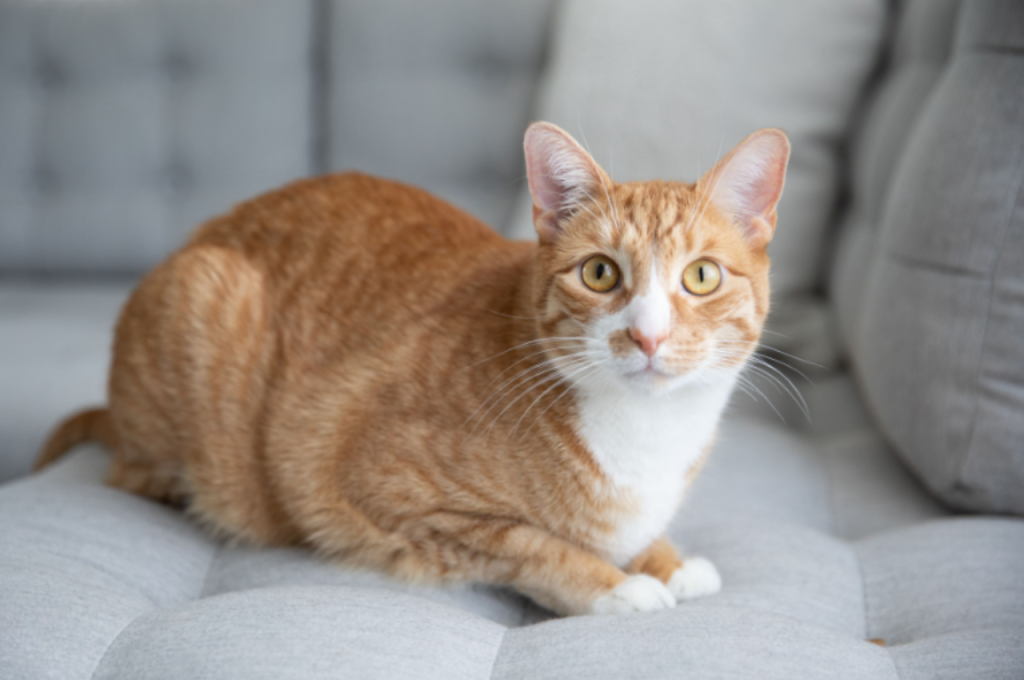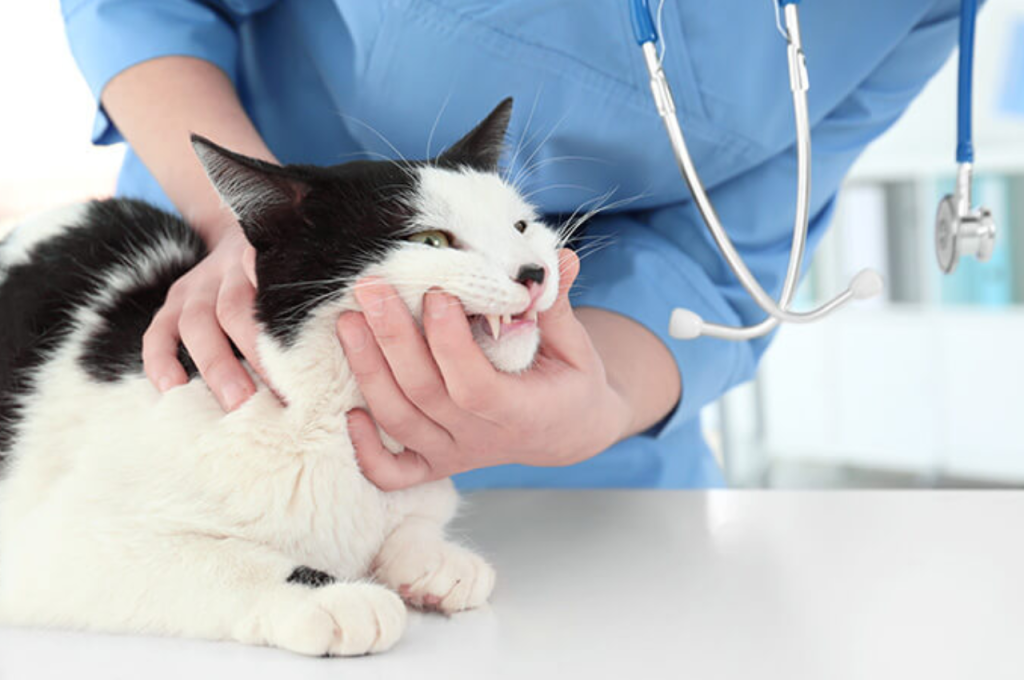Getting a cat fixed can cost around $50 to $200. Owning a cat can bring immense joy and companionship to our lives.
However, as responsible pet owners, we must ensure their well-being, which includes getting them fixed. The cost of getting a cat fixed typically ranges from $50 to $200. This procedure, also known as spaying or neutering, involves the removal of a cat’s reproductive organs to prevent unwanted pregnancies and reduce certain health risks.
While the cost may vary depending on factors such as location, veterinarian fees, and additional services provided, it is a worthwhile investment in the long-term health and happiness of your feline companion. In this blog post, we will explore the factors affecting the cost of getting a cat fixed and the benefits associated with this procedure.
Introduction to Cat Spaying and Neutering
Cat spaying and neutering is an important decision for pet owners. The cost can vary depending on the vet and location. On average, it can range from $50 to $200. It’s essential to consult with a veterinarian to understand the specific costs and benefits.

If you’re a cat owner or planning to become one, it’s important to understand the significance of spaying or neutering your feline friend. Spaying and neutering are the processes of surgically removing the reproductive organs of a cat. The former is for female cats, while the latter is for male cats. These procedures have become more popular in recent years due to the numerous benefits they offer. In this blog post, we’ll discuss the importance of fixing your cat, the health and behavioral benefits, and most importantly, the cost of getting a cat fixed.
Importance of Fixing Your Cat
Fixing your cat has a significant impact on reducing the number of homeless and unwanted cats in the community. Unfixed cats tend to reproduce rapidly, resulting in an increase in the number of stray cats. Moreover, uncontrolled breeding can lead to various health problems in cats, such as uterine infections, testicular cancer, and other reproductive-related diseases. By spaying or neutering your cat, you’re not only helping to control the cat population but also ensuring their well-being.
Health and Behavioral Benefits
Spaying and neutering your cat can have a positive impact on their overall health and behavior. For instance, spaying your female cat before the first heat cycle can significantly reduce the risk of breast cancer and uterine infections. Neutering your male cat can also reduce the risk of testicular cancer and other prostate problems. Additionally, fixed cats tend to be less aggressive and have fewer behavioral issues, such as urine marking, roaming, and fighting.
Cost of Getting a Cat Fixed
The cost of getting a cat fixed can vary depending on several factors, such as the cat’s age, gender, and weight. On average, the cost of spaying a female cat ranges from $50 to $200, while neutering a male cat ranges from $30 to $150. However, the cost may increase if your cat requires additional medical attention or if you opt for more advanced procedures. It’s important to note that the cost of getting a cat fixed is a one-time expense that can save you money in the long run by preventing health problems and unwanted litter.
In conclusion, spaying or neutering your cat is a responsible decision that offers numerous benefits to both you and your furry friend. While the cost may seem daunting, it’s a small price to pay for the health and well-being of your cat.
Factors Influencing The Cost
Factors influencing the cost of getting a cat fixed include the cat’s age, gender, and weight. Additional costs may arise if complications occur during the procedure. Opting for a reputable veterinarian and location may also impact the overall cost.
Factors Influencing the Cost of Getting a Cat Fixed Getting a cat fixed is an essential aspect of responsible pet ownership, but it can be expensive. The cost of cat neutering or spaying can vary depending on several factors. The type of procedure is one of the primary factors that influence the cost of getting a cat fixed. The cost of spaying a female cat is generally higher than neutering a male cat. This is because spaying is a more invasive procedure that involves removing the uterus and ovaries. The cost of a surgical procedure is also higher than a non-surgical procedure such as chemical castration.
Type of Procedure
Geographic location is another factor that affects the cost of getting a cat fixed. The cost of cat neutering or spaying can vary significantly depending on where you live. In urban areas, the cost may be higher due to the high cost of living, while in rural areas, the cost may be lower due to the lower cost of living.
Geographic Location
Other factors that can influence the cost of getting a cat fixed include the age and health of the cat, the type of anesthesia used, and the clinic or veterinarian you choose. In some cases, you may be eligible for discounted or subsidized services through animal welfare organizations or low-cost clinics. Getting your cat fixed is an important part of responsible pet ownership, and the cost can vary depending on several factors. By understanding these factors, you can make informed decisions about the type of procedure and clinic or veterinarian you choose, and take advantage of any cost-saving opportunities available to you.
Average Cost Breakdown
The average cost breakdown for getting a cat fixed includes the cost of surgery, anesthesia, and post-operative care. This procedure typically ranges from $50 to $200, depending on the location and the cat’s age, size, and overall health.
Spaying Vs. Neutering Expenses
Spaying and neutering are common procedures performed to sterilize cats and prevent unwanted pregnancies. The costs associated with spaying and neutering can vary depending on several factors, including the location, the age and size of the cat, and whether the procedure is done at a private veterinary clinic or a low-cost spay/neuter clinic. Spaying, which is the surgical removal of a female cat’s reproductive organs, tends to be slightly more expensive than neutering, which involves the removal of a male cat’s testicles. On average, the cost of spaying a cat can range from $50 to $200, while neutering can range from $30 to $150.
These prices typically include anesthesia, the surgical procedure, and any necessary pain medication. It’s important to note that some low-cost spay/neuter clinics may offer discounted prices, making it more affordable for cat owners to have their pets sterilized. These clinics often focus on providing essential veterinary services at reduced costs to make them accessible to a wider range of pet owners.
Additional Veterinary Fees
In addition to the cost of spaying or neutering, there may be additional veterinary fees associated with the procedure. These fees can vary depending on the specific needs of your cat and any potential complications that may arise during or after the surgery. Some common additional veterinary fees include:

Pre-surgical bloodwork: Before undergoing surgery, cats may require blood tests to ensure they are healthy enough for the procedure. These tests can help identify any underlying health conditions that may require additional treatment or monitoring. The cost of pre-surgical bloodwork can range from $50 to $100.
Microchipping: Many cat owners choose to have their pets microchipped during the spaying or neutering procedure. Microchipping involves the insertion of a small chip under the cat’s skin, which contains their owner’s contact information. The cost of microchipping can range from $25 to $50.
Vaccinations: It’s common for cats to receive vaccinations while they are undergoing spaying or neutering. Vaccinations help protect cats from various diseases, including rabies and feline distemper. The cost of vaccinations can vary depending on the specific vaccines given, but it typically ranges from $10 to $50 per vaccine.
Post-surgical care: After the spaying or neutering procedure, cats may require additional medications or follow-up visits to ensure proper healing. The cost of post-surgical care can vary depending on the specific needs of your cat and any additional treatments required. It’s essential to consult with your veterinarian to get a detailed breakdown of all potential fees associated with spaying or neutering your cat. They will be able to provide you with a more accurate estimate based on your cat’s individual needs and circumstances.
Overall, the cost of getting a cat fixed can vary depending on several factors. However, it is important to remember that the benefits of spaying or neutering your cat far outweigh the costs. By having your cat sterilized, you can help prevent unwanted litters, reduce the risk of certain health issues, and contribute to controlling the cat population.
Low-cost Spay/neuter Programs
Low-cost spay/neuter programs are available for cat owners who cannot afford to pay the full cost of the procedure. The cost to get a cat fixed can vary depending on location and the type of program, but these programs can provide a more affordable option for responsible pet ownership.
Finding Affordable Options
Low-cost spay/neuter programs offer accessible options for pet owners seeking affordable veterinary care. These programs prioritize affordability and community well-being. Many animal shelters, rescue organizations, and veterinary clinics provide low-cost spay/neuter services. Utilizing these resources can help reduce the financial burden of pet ownership.
Eligibility for Assistance
Pet owners facing financial constraints may qualify for assistance through various programs. Eligibility criteria often include income level verification and proof of residency. Some organizations offer subsidized or free spay/neuter services for pets in underserved communities. These initiatives aim to promote responsible pet ownership.
Potential Additional Costs
When considering the cost of getting a cat fixed, it’s important to be aware of potential additional expenses that may arise. Beyond the standard spaying or neutering procedure, there are various other costs to take into account, such as post-surgery care and unexpected medical expenses.
Post-surgery Care
After the spaying or neutering procedure, post-surgery care may involve additional expenses. This could include medications, follow-up appointments, and potential complications that may require further veterinary attention. It’s essential to be prepared for these potential post-operative costs.
Unexpected Medical Expenses
While the initial cost of the spaying or neutering procedure is a significant consideration, there is also the possibility of unexpected medical expenses. These could arise if the cat experiences complications during surgery or has pre-existing health conditions that require additional care. Being financially prepared for unforeseen medical costs is crucial.
Private Clinic Vs. Animal Shelter Services
When considering the cost of getting a cat fixed, pet owners often weigh the options of utilizing private clinic services versus those offered by animal shelters. Both private clinics and animal shelters provide essential spaying and neutering services, but there are distinct differences in service quality and pricing to consider.
Comparing Service Quality
Private clinics typically offer a more personalized and comprehensive experience for pet owners and their feline companions. These facilities often provide a higher level of care, with individualized attention from veterinary professionals and a focus on a comfortable environment for the animals.
On the other hand, animal shelters may have a more streamlined approach to spaying and neutering services due to their focus on managing a high volume of animals. While they still provide essential care, the level of personalization and attention to detail may vary compared to private clinics.
Price Variations
Private clinics often have a wider range of pricing options for cat fixing, which can be influenced by factors such as the cat’s age, weight, and any additional medical considerations. This variability in pricing allows for more tailored options to accommodate different budgets and needs.
Animal shelters, on the other hand, may offer more standardized pricing structures for spaying and neutering services, often aiming to provide affordable options for pet owners in need. This approach can result in more uniform pricing but may have less flexibility for individual circumstances.
Preparing for Your Cat’s Surgery
When considering how much it costs to get a cat fixed, prepare for your cat’s surgery by budgeting for the procedure, ensuring pre-surgery health checks, and setting up a comfortable recovery space.
Pre-operative Considerations
Before your cat undergoes surgery, there are several important pre-operative considerations to keep in mind. First, schedule a consultation with your veterinarian to discuss the procedure, potential risks, and any necessary pre-surgical preparations. It’s crucial to follow any pre-operative fasting instructions provided by the vet to ensure the safety and success of the surgery. Additionally, make sure to prepare a quiet and comfortable recovery space at home for your cat, complete with a cozy bed, food and water bowls, and a litter box.
What to Expect on Surgery Day
On the day of your cat’s surgery, it’s essential to arrive at the veterinary clinic on time and with all necessary paperwork completed. Your veterinarian will provide specific instructions regarding when to withhold food and water prior to the procedure. Be prepared to ask any remaining questions and provide contact information for the day-of-surgery updates. Once your cat is checked in, the veterinary team will ensure a smooth transition into the pre-operative area, where they will receive the necessary pre-surgery care and monitoring.
Long-term Savings and Benefits
Spaying or neutering your cat comes with significant long-term savings and benefits. Not only does it prevent future health issues, but it also contributes to pet population control, reducing the number of stray animals in the community. Let’s explore these benefits in more detail.

Avoiding Future Health Issues
Spaying or neutering your cat can help avoid future health issues such as cancer, uterine infections, and behavioral problems. This saves you money on potential veterinary bills and ensures your cat leads a healthier and happier life.
Contributing to Pet Population Control
By spaying or neutering your cat, you are contributing to pet population control. This helps reduce the number of stray animals in your community, leading to a safer and healthier environment for both pets and humans.
Conclusion
To sum up, the cost of getting a cat fixed varies but is generally affordable. It’s important to prioritize the health and well-being of your feline companion. By addressing this essential aspect, you are contributing to your cat’s quality of life and overall welfare.
